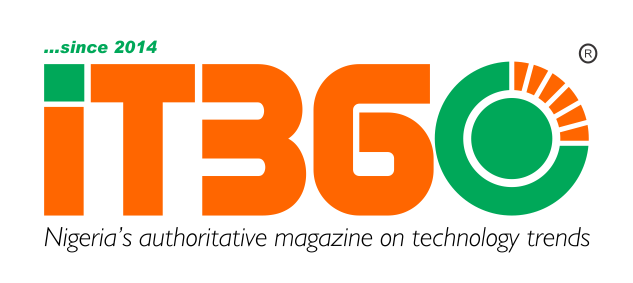There appears to be no end in sight for Nigeria’s Digital Switch Over (DSO) journey as the paucity of funds, lack of political will and new technicalities may have stalled its progress.
The Guardian understands that the DSO phased roll-out plan has been jettisoned owing to the perceived tediousness of the process, slowness, funding issues and fast-evolving technology. In its place, the Federal Government plans to execute a uniform roll-out, the date of which is not certain because of the change of administration.
In the phased rollout, only about eight states have been covered, albeit partially. The states include Lagos, Abuja, Kano, Rivers, Kwara, Enugu, Osun and Plateau.
The plan by the administration of ex-President Muhammadu Buhari, as championed by the then Minister of Information and Culture, Lai Mohammed, and the National Broadcasting Commission (NBC), was to complete the process by December 7, 2022.
While Lagos officially transited from analogue to digital broadcasting on April 29, 2022, and hoped to complete the process by October of the same year, the timeline was not achieved, according to sources privy to the process.
Indeed, the International Telecommunications Union (ITU) originally agreed with 54 African countries that analogue TV should be switched off by 2015. Digital Terrestrial Television (DTT) has reached 90 per cent of homes in only 14 countries.

Findings by The Guardian showed that switchover is completed in Côte d’Ivoire, Burkina Faso, Gabon, Namibia, Botswana, Zambia, Rwanda, Tanzania, Kenya, Malawi and Eswatini (Swaziland), while the biggest economy in the region, Nigeria, is yet to find its DSO footings, almost a decade into the process.
According to DigitalTV Europe, while referencing research by Dataxis, sub-Saharan Africa (SSA) as a whole, will continue to see slow growth of DTT homes through 2027, with analogue broadcasting remaining on air in many countries. It noted that the proportion of digital terrestrial households will increase from 38 per cent today to 41 per cent by 2027, with Direct To Home (DTH) remaining the most widely used TV distribution technology.
The research showed that while government switchover programmes have stalled or progressed slowly, commercial broadcasters have used digital transmission to increase their reach with payTV services. DTT accounts for 24 per cent of direct pay TV today.
As stated earlier, so many factors have been attributed to the slow progress in Nigeria’s DSO journey.
A source that worked with the immediate past administration gave further insights into the delay in analogue to digital transition in the country.
He said, having realised that doing state-by-state switchover had become very tedious and costlier, there was an agreement reached with StarTimes for the utilisation of their facilities and technology, already spread across the country. The source said the agreement was reached but had not been implemented before the change of government.
“You know, before, we were launching state-by-state. I think about eight states were launched. It was realised that that would not work. So, the team decided to reach an agreement with StarTimes because it (StarTimes) already has its mast and other facilities spread across the country. So, it was agreed that the facilities should be used to roll-out simultaneously across the country, which is almost like fast-tracking the process. The agreement was signed. It was at the level of implementation that the Buhari-led administration left office.”
According to him, if the agreement was implemented early, the DSO could be completed within a month. He, however, said there are still some huge financial implications to the entire process.

